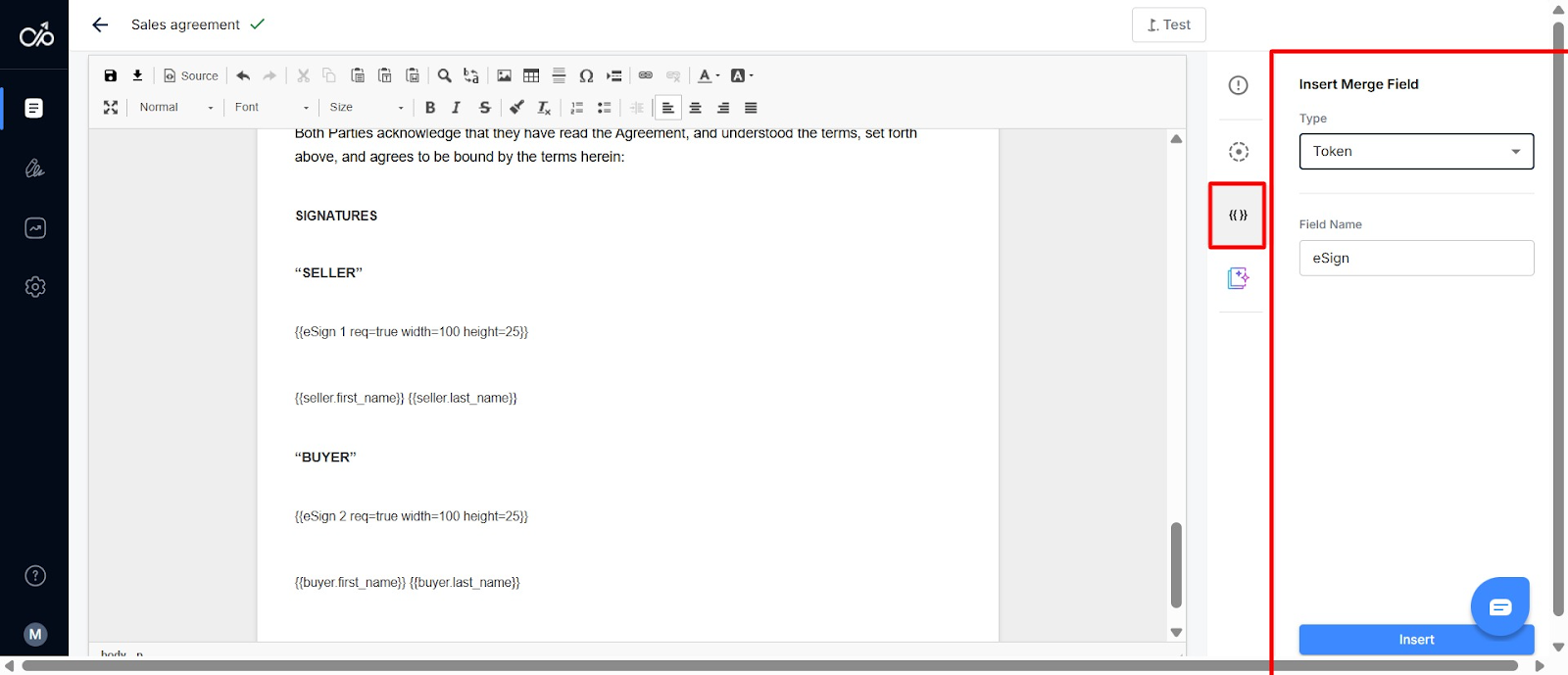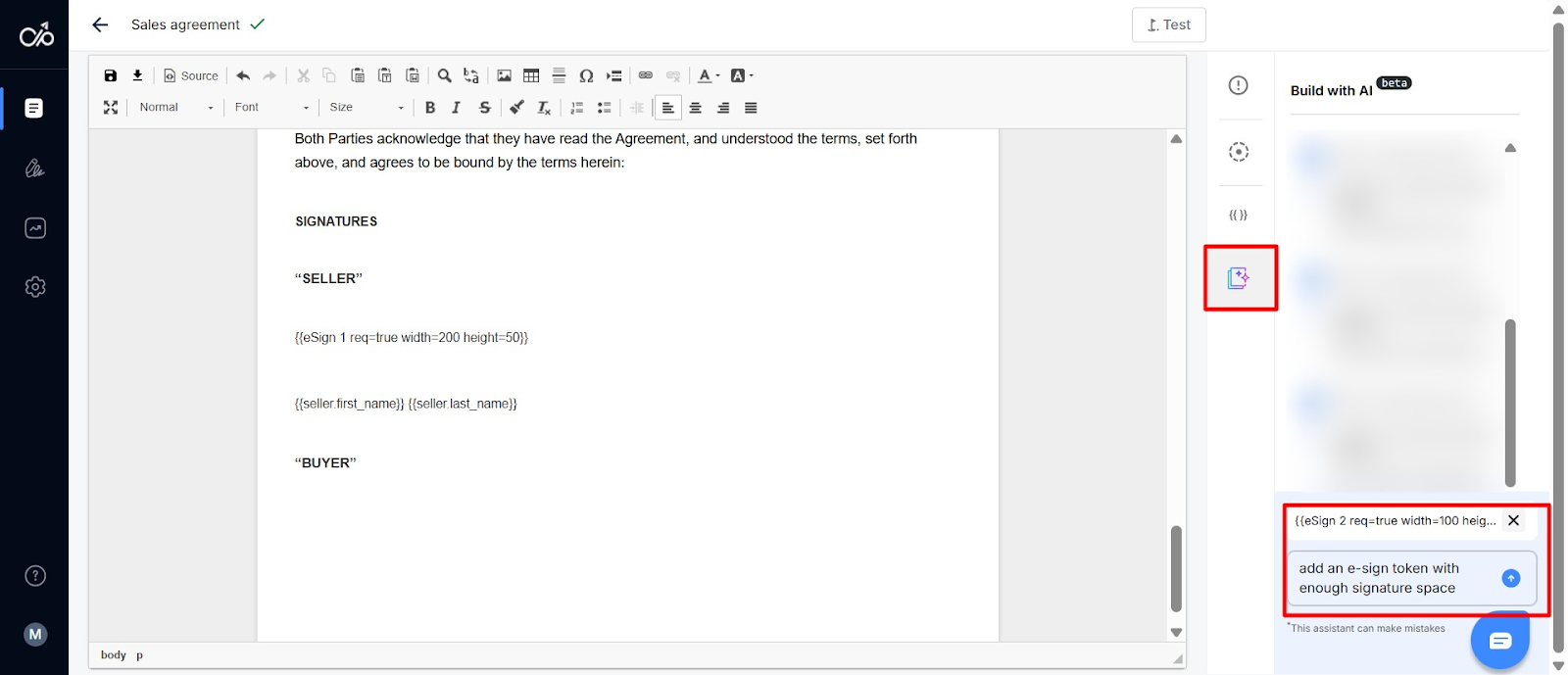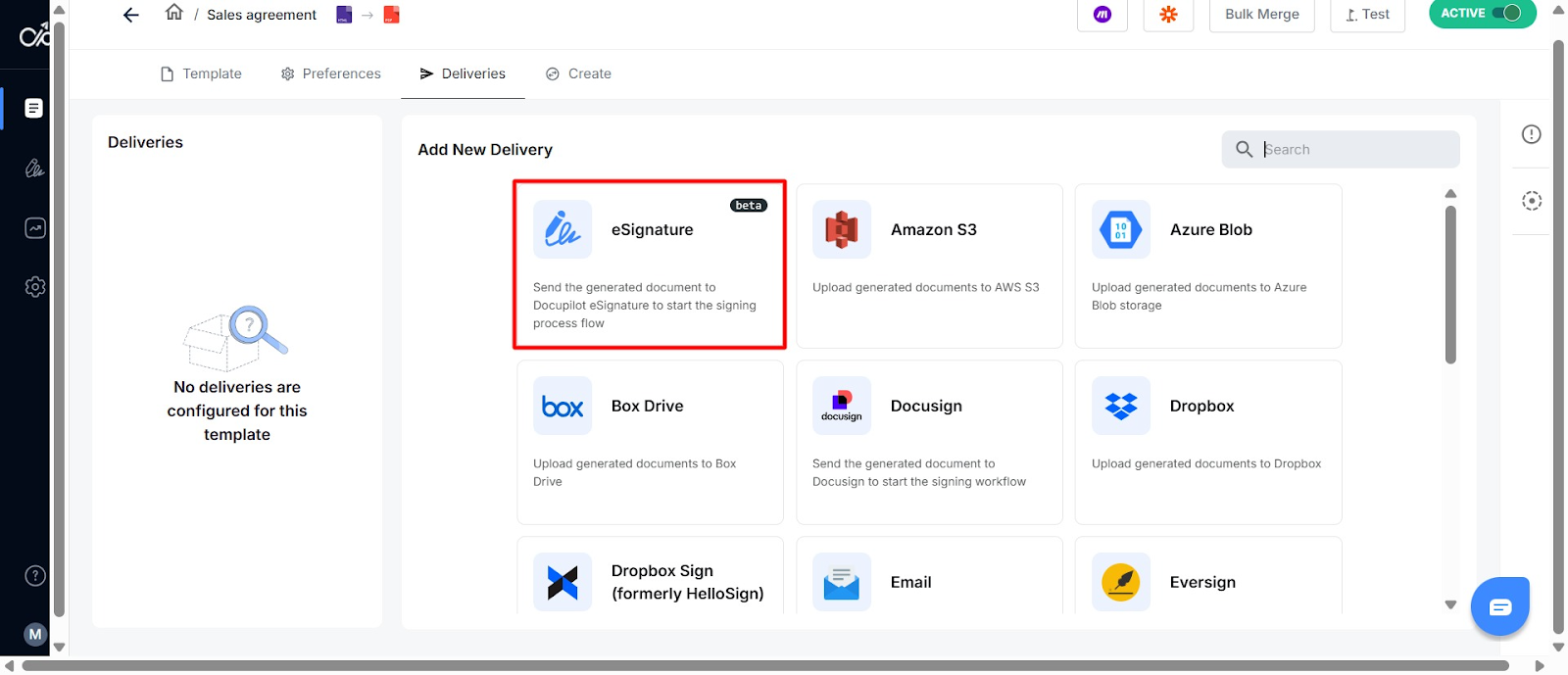Key takeaways
- A wet signature is a handwritten name or mark on a physical document used to show agreement. It’s still required in some legal or government contexts for documents like property deeds, and court filings
- Wet signatures slow down approval workflows, are harder to validate, and create storage and tracking issues which makes them less reliable for modern workflows
- E-signature is a better alternative. With tools like Docupilot, you can automate signature requests, stay compliant, and track every step through built-in audit trails and verification
You’ve probably signed with a pen more times than you can count, on contracts, consent forms, loan papers, you name it. That’s a wet signature. Despite the rise of e-signing tools, wet signatures haven’t completely gone away.
In fact, for some industries and situations, they’re still the gold standard.
But are they always necessary? When should you still use one? And what exactly sets a wet signature apart from an electronic signature?
We’ll answer all that in this guide. Including when it might be holding you back, and how to switch to electronic signatures for a more automated workflow.
What is a wet signature?
A wet signature (sometimes called a “wet ink signature”) is a handwritten signature made with ink on a physical surface like a printed form or a hard copy of a document. It can be your full name, initials, or a mark, depending on the context.
The term “wet” comes from the fact that the ink is literally wet when applied.
Wet signatures have been a legally recognized way to approve agreements and validate documents since at least the 1600s. They typically have the following characteristics:
- Requires printing or presenting a physical document
- Needs witnessing or notarization for added verification
- Stored as a paper record (unless scanned)
- Often done in blue ink to help distinguish originals from photocopies
How wet signatures are used today
While many documents can be signed digitally, some still require a physical (wet) signature due to compliance rules, fraud prevention, or the need for in-person witnessing. These include:
- Legal documents: Wills, affidavits, notarized forms
- Government paperwork: Immigration processes, consular services, tax filings
- Finance and insurance: Mortgage closings, loan agreements, insurance claims
- Healthcare: Patient consent forms, medical release documents, clinical trial participation
- Real estate: Lease agreements, title transfers, disclosure forms
Limitations of using wet signatures in modern workflows
Wet signatures are legal. But they’re not always practical, especially in modern, efficient workflows. Here’s where they can start to fall short.
- Slower workflows in remote or hybrid settings: Getting a wet signature isn’t a big deal when everyone’s in the same room. But when your team or clients are spread out, it often means printing, scanning, mailing, or coordinating in person. That adds friction and can frustrate everyone involved
- Not environmentally friendly: If your organization is trying to go paperless or reduce its carbon footprint, relying on printed documents, mail, and physical storage works against that goal
- Easier to forge: Wet signatures can be copied or faked with little effort. There’s no built-in identity verification unless you layer on extra steps like showing ID in person or hiring a notary
- Risk of damage or loss: Paper documents are easy to misplace, tear, or destroy. And unless you remember to scan and store a digital version, there's no backup to fall back on
- Storage and organization challenges: Managing a few signed papers is fine. But once you’re handling hundreds, keeping things organized gets tricky. Filing cabinets fill up fast, and tracking down a specific agreement later can turn into a time drain
Reasons some people still prefer wet signatures today (and whether it holds true)
You might wonder: Why do some institutions and businesses still prefer wet signatures despite their shortcomings? Let’s see some common reasons and whether they are valid:
Cultural and legal habit
In many industries and regions, wet signatures remain the norm simply because that's how it's always been. Legal frameworks and older generations often reinforce this reliance on them. And because signatures often carry high stakes, they overcompensate with caution.
Reality check: It's mostly inertia. People stick with what they know, even when faster and more secure options exist.
Forensic trail
Wet signatures can be examined for handwriting style, pressure, ink type, and stroke patterns. These physical traits can serve as forensic evidence in legal disputes or fraud investigations.
Reality check: While that’s technically true, forensic analysis is expensive, time-consuming, and not always reliable. More importantly, most of that metadata is lost once a document is scanned. Electronic signatures (or e-signature), on the other hand, create a built-in audit trail with timestamps, IP logs, and signer identity checks that’s easier to preserve, verify, and present in legal cases.
Perceived seriousness
For some, signing with a pen feels more deliberate and signals stronger intent than tapping a screen. It creates a moment to pause, reflect, and double-check the document especially for high-stakes agreements like mortgages, car purchases, or legal contracts.
Reality check: This belief is largely emotional. Legally, a wet signature doesn’t carry more weight or intent than an electronic one.
Tech risks
The idea of storing important documents online still feels risky to some. They are concerned about data breaches, identity theft, or forged signatures.
Reality check: Good e-signature tools use encrypted servers, two-factor authentication, and digital certificates that are often more secure than paper. Physical documents can be lost, stolen, or tampered with just as easily, if not more.
How does a wet signature differ from an electronic signature
Here's a side-by-side look at how electronic and wet signatures differ across key areas:
How to convert wet signature to an electronic signature
If you already have a document signed with a pen and want to store or share it digitally, you can simply scan or photograph the signed page and save it as a PDF or Word file.
But as said in the “reason people still use wet signature” section, it comes with a cost. Scanned wet signatures lose important metadata used in forensic verification, which makes them harder to authenticate in legal disputes.
If you're running a business, it's better to move toward electronic signatures. With e-signature tools like Docupilot, you don’t have to worry about lost documents or missing metadata. You also save time by automating your approval workflow.
How Docupilot helps you move beyond wet signatures
If you’re ready to move from wet signatures to e-signatures, Docupilot makes it easy to set up a fully automated signing workflow. It auto-generates documents from templates with smart content blocks and sends them to the right person or in the right order when multiple signatures are needed. Recipients get notified, sign electronically, and the system handles follow-ups, reminders, and tracking.
To see how it works, sign up and follow these simple steps:
Step 1: Upload or create the document you want to sign
From your dashboard, click “Create Template.”

You can upload an existing document in formats like PDF, Word, or Excel. If you want to build one from scratch, use the “Online Builder” or try “Create with AI.”

Step 2: Add signature placeholders to show where signers need to take action
Click the curly brackets icon, set the “Type” to “Token”, enter a field name like “Signer 1,” place your cursor where you want the field, then click Insert.

A faster option is to use the “Build with AI" feature. Type a prompt like “add an e-sign token with enough signature space”, place your cursor, and hit the send arrow

Step 3: Set up how and where the signature will be delivered
Go to the Deliveries tab and select “eSignature.”

Give your delivery a name, add the email subject, body, sender details, and recipient details. You can also enable reminders and other automation options. When done, click “Save” at the top right.

Now, when you generate a document using this setup, an e-signature envelope will be created, and invitations will be sent automatically. Each signer can review and complete the process from their email.
Modern workflows need more than wet signatures
Wet signatures still have a place in certain industries and legal contexts, but they’re no longer the default they once were. If your team is still relying on them, you’re sacrificing efficiency and security.
Electronic signatures are faster, easier to validate, more secure, and built for today’s digital workflows. With a tool like Docupilot, you can add signature fields to your document and set up your signing approval workflows in no time. It has built-in audit trails, signer authentication, and verification features to ensure every document is legally sound.
Ready to try out Docupilot? Sign up for a 30-day free trial.
Wet Signature FAQs
Is a photocopy of a wet signature valid?
A photocopy of a wet signature may be accepted in informal settings or internal processes, but official transactions often require the original signed document for verification.
What is a wet signature?
A wet signature refers to a handwritten signature created using ink or pen on a physical document, typically used to authenticate agreements before digital alternatives became common.
Can you email a wet signature?
Emailing a wet signature involves signing a paper document by hand, scanning or photographing it, and then sending the image or PDF by email. This method is common but may not meet legal or compliance standards in all cases.
Can a PDF with a scanned signature be rejected?
A PDF that contains a scanned signature may be rejected if the recipient requires a more secure form of authentication, such as a digital signature with encryption or certificate verification.
How to Create a Wet Signature in a PDF
To create a wet signature in a PDF, print the document, sign it manually, then scan or take a clear photo of the signed copy and save it as a PDF.
How to Convert a Wet Signature to a Digital Signature
Converting a wet signature to a digital signature involves scanning your handwritten signature.


















